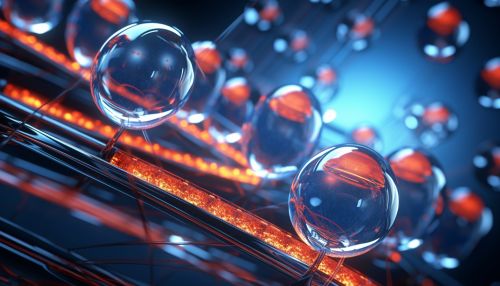The Role of Proteomics in Disease Diagnosis
Introduction
Proteomics, the large-scale study of proteins, plays a crucial role in disease diagnosis. It involves the systematic identification and quantification of the protein content of biological systems in specific conditions or at specific times. Proteomics has emerged as a powerful tool in the field of biomedical sciences, particularly in the area of disease diagnosis and therapeutic development.
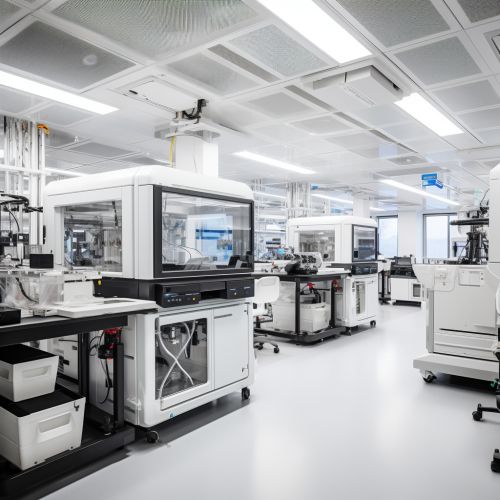
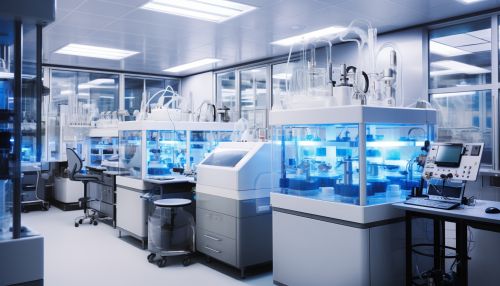
Proteomics and Disease Diagnosis
Proteomics contributes significantly to the understanding of disease processes by identifying the alterations in protein expression associated with disease states. This knowledge can be applied to the development of diagnostic tests that detect specific proteins or protein modifications associated with particular diseases.
Biomarker Discovery
One of the primary applications of proteomics in disease diagnosis is in the discovery of biomarkers. Biomarkers are biological molecules found in blood, other body fluids, or tissues that signal normal or abnormal processes, or conditions or diseases. Proteomic technologies, such as mass spectrometry and protein microarrays, are used to identify and validate protein biomarkers that can be used for early disease detection, prognosis, and monitoring of therapeutic response.
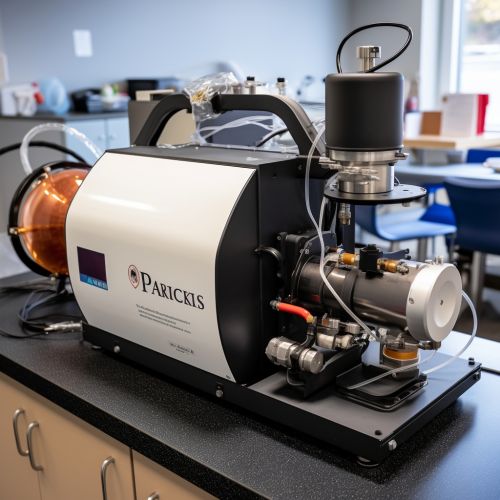
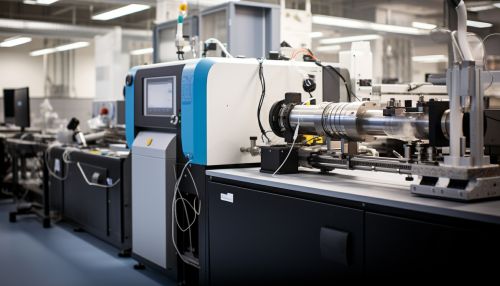
Proteomic Profiling
Proteomic profiling is another important application of proteomics in disease diagnosis. This involves the comparison of protein profiles between healthy and diseased states to identify proteins that are differentially expressed or modified. These differentially expressed or modified proteins can serve as potential biomarkers for disease diagnosis.

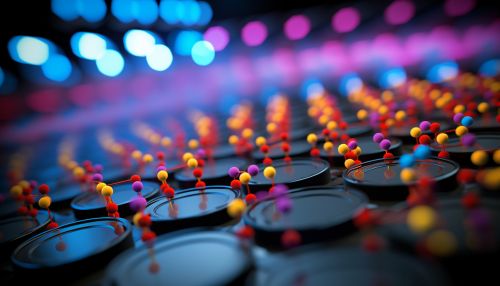
Proteomics Technologies
Several technologies are used in proteomics for protein identification, quantification, and characterization. These include mass spectrometry, protein microarrays, two-dimensional gel electrophoresis, and liquid chromatography.
Mass Spectrometry
Mass spectrometry is a powerful tool in proteomics for protein identification and quantification. It involves the measurement of the mass-to-charge ratio of ions to determine their molecular composition. Mass spectrometry is often combined with other techniques, such as liquid chromatography, for the separation and analysis of complex protein mixtures.
Protein Microarrays
Protein microarrays are high-throughput tools used in proteomics for the simultaneous analysis of thousands of proteins. They allow for the rapid identification and quantification of proteins, as well as the study of protein interactions, modifications, and functions.
Two-Dimensional Gel Electrophoresis
Two-dimensional gel electrophoresis is a technique used in proteomics for the separation and analysis of complex protein mixtures. It involves the separation of proteins based on their isoelectric point and molecular weight.
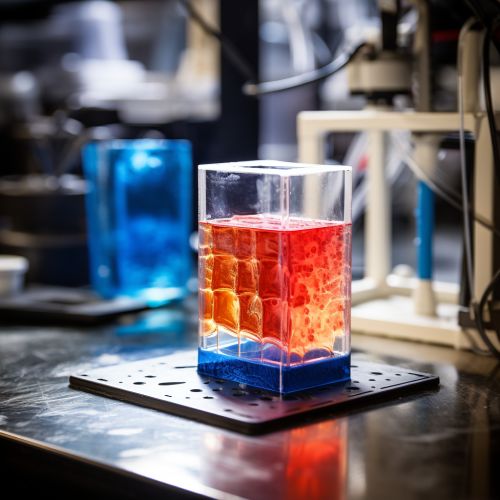
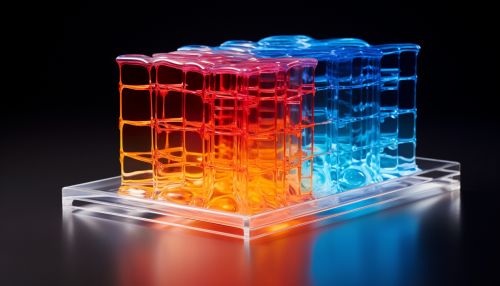
Liquid Chromatography
Liquid chromatography is a technique used in proteomics for the separation of proteins based on their chemical properties. It is often combined with mass spectrometry for the analysis of complex protein mixtures.
Challenges and Future Directions
Despite the significant advancements in proteomics technologies and their application in disease diagnosis, several challenges remain. These include the complexity of biological samples, the dynamic range of protein expression, the detection of low-abundance proteins, and the need for high-throughput and cost-effective methods. Future directions in proteomics for disease diagnosis include the development of more sensitive and specific methods for protein detection and quantification, the integration of proteomics with other omics technologies, and the translation of proteomic findings into clinical practice.

